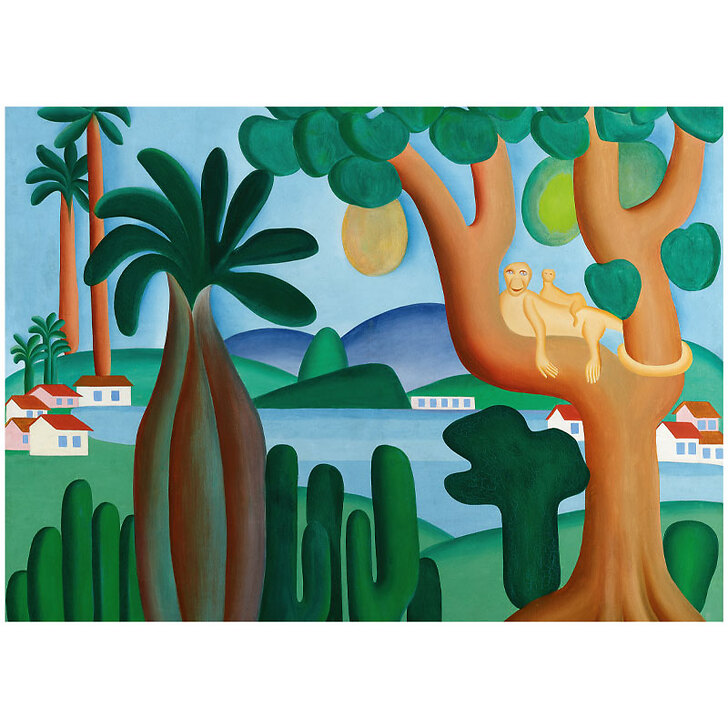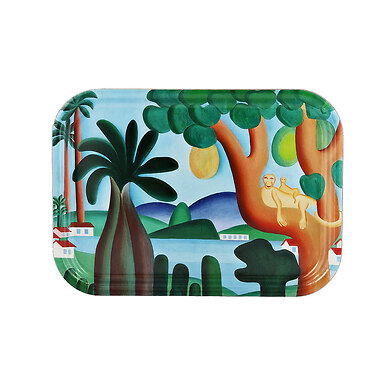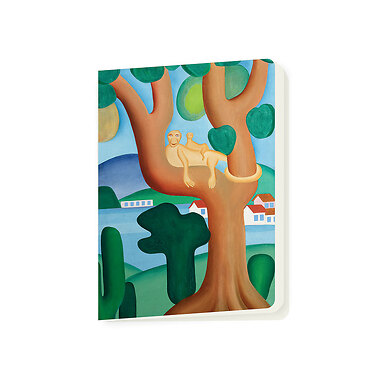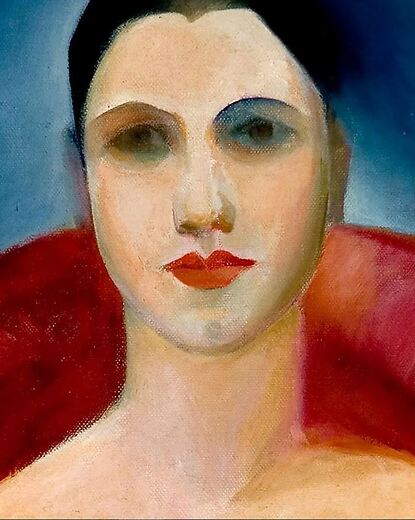Characteristics
- Maintenance
- Placer dans un endroit sec, protégées d'un étui ou pochette plastique
- Museum
- Musée du Luxembourg
- Theme
- Made in France
- Material of the original work
- Huile sur toile
- Artist
- Tarsila do Amaral (1886-1973)
- Art movement
- 20th century
- Reference
- IA200621
- EAN
- 3336729265985
- Matière de l'article
- Coated paper
- Model dimensions
- 50cm x 70cm
- Editor
- © Tarsila do Amaral
- Original work kept at
- Collection particulière
Our selection
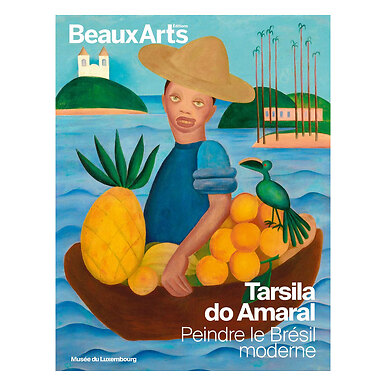
Magazines
Special Issue Tarsila do Amaral. Painting modern Brazil
MX032545
- Current price€ 13
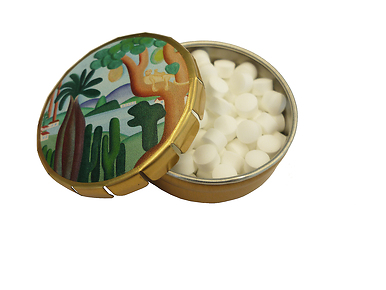
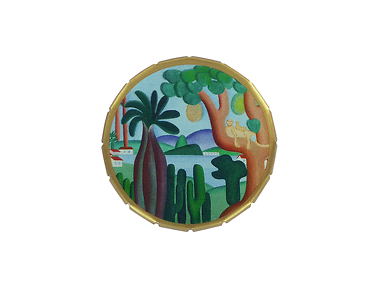
Food
Promotion
Box minds - Cartão postal
CA900140
-30%
- Current price€ 2.77 Old price€ 3.95
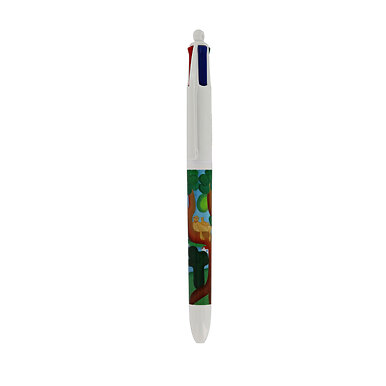
Writing
Promotion
4 Colours pen Cartão postal
CU800700
-30%
- Current price€ 3.47 Old price€ 4.95
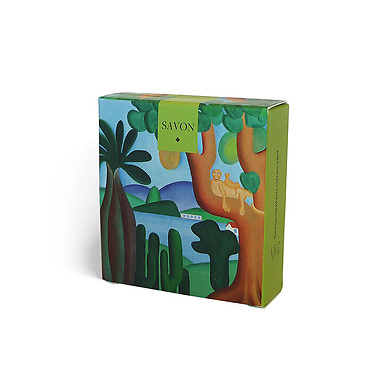
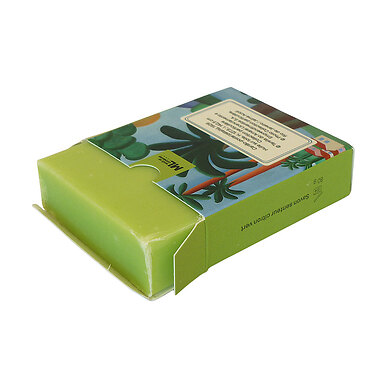
Body & Bath
Bestseller
Soap Lime scent Cartão postal
CB900672
-30%
- Current price€ 6.97 Old price€ 9.95

